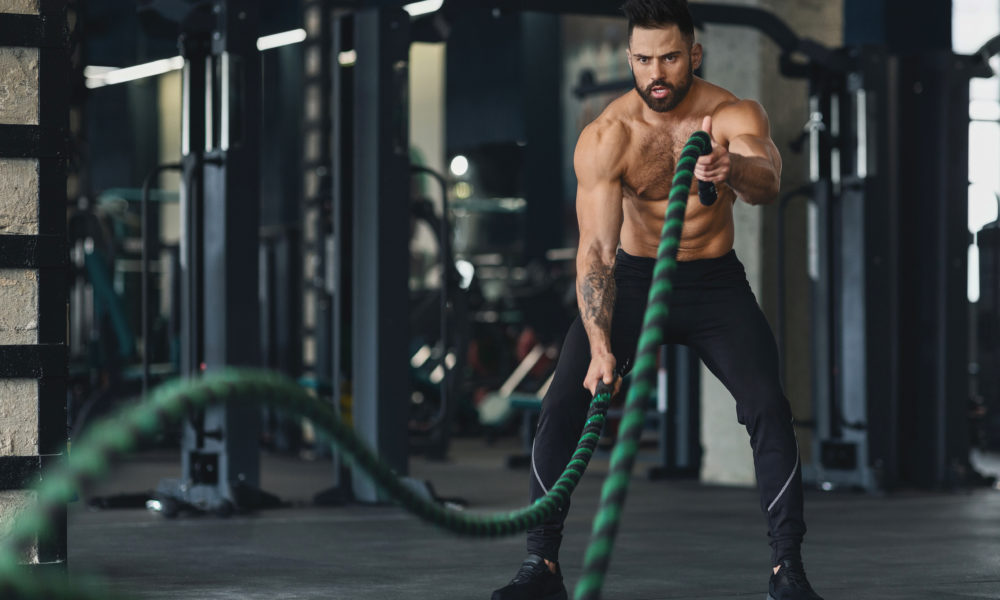

Everyone has different fitness goals they want to hit. Depending on your current physique, you may need to build muscle, lose fat, or both. If you’ve ever tried doing both at the same time, you know that it can be extremely difficult. The dieting and exercise required for doing both are very different and it’s hard to lose fat without eating away at muscle or build muscle without putting on weight. The good news is, it is possible to have the best of both worlds! We’re going to teach you the right way to build muscle and lose fat at the same time.
The Best Way to Lose Fat and Gain Muscle at the Same Time
To understand this article better, we need to walk through the appropriate terms first. The correct term for the act of changing your body phenotypically by gaining muscle and burning fat at the same time is called Body Composition. So what exactly does body composition mean for your body and how does it work? When we say your body composition, we mean the ratio of lean mass— bone, muscles, tissue, organs, tendons, etc. — to fat mass in your body.
Now as the title suggests, this article is about gaining muscle and losing fat simultaneously but to lose fat, you need to cut down your calorie intake, and to gain muscle, you need to add more calorie intake to your diet. So how does this even work? As confusing as it may sound, the answer is pretty simple; calorie cycling.
Calorie Cycling
Calorie cycling means altering your calorie intake in accordance with your goal for the day. In simple terms, when you consume new calories every day, your body is given three choices i.e. either use the calories immediately for fuel, use them to repair damaged muscles, or store them in the form of fat. If you are trying to lose fat, you certainly do not want your body to store the calories as fat, instead, you want it to use the calories to repair the muscles that you might have damaged during working out.
To do that, the first thing you want to do is to figure out how many calories you burn on average when you are not working out. These are your maintenance calories. This can be done with the help of health professionals, personal trainers, or also using a calories intake calculator. A calorie intake calculator will help you figure out how many calories you burn when you are not exerting.
Once you have figured out your maintenance calories, you get to work. When you are performing cardio exercises, it is ideal for you to consume enough calories to meet your maintenance calories. By doing so, you make sure that you are in a slight calorie deficit but the deficit is not big enough that your body utilizes muscle tissue as fuel.
On rest days when you do not work out at all, the calories you consume should be slightly less than the maintenance calories. This way, you will consume more calories on workout days and your body, in return, will utilize those calories to provide fuel for your body, as well as repair the muscles damaged during exercising. On rest days and cardio days when you consume fewer calories, your body will utilize the pre-existing calories for fuel and muscle repair.
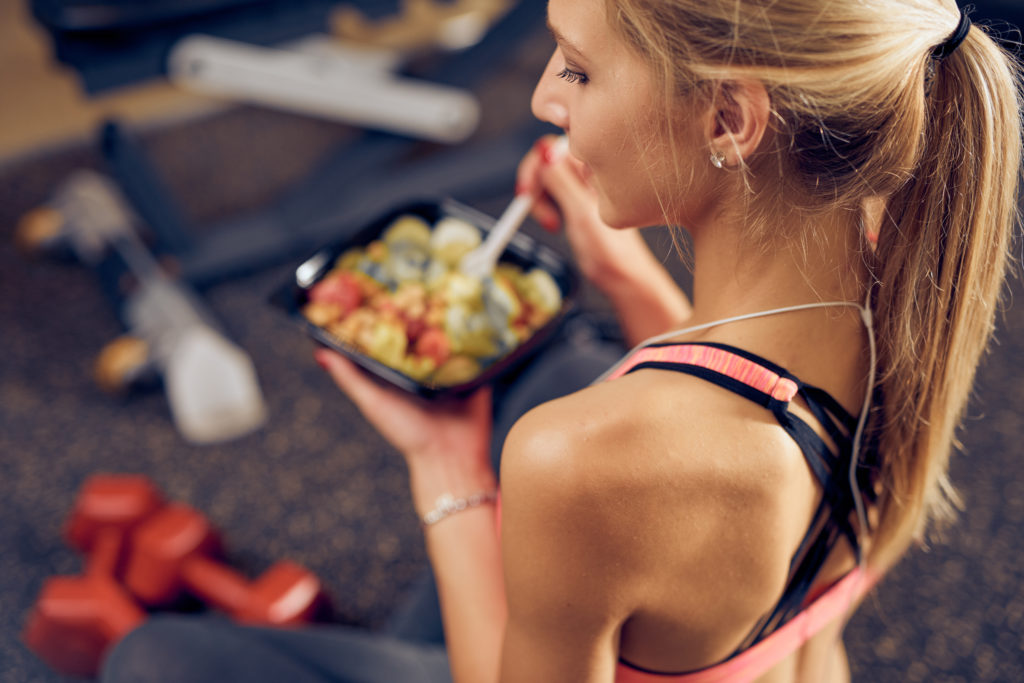
Top view of woman eating healthy food while sitting in a gym. Healthy lifestyle concept.
The When and How of Cutting and Bulking
In addition to calorie cycling, cutting and bulking is another technique used to lose fat and build muscle but it cannot be done simultaneously. You need to “bulk” first and then “cut”.
Bulking
In bulking, the goal is to put on some weight to increase muscle, and to do so; you need to consume calories in surplus amounts i.e. eat more calories than you burn. In order to start bulking, the first step is to figure out your maintenance calories. Once you have done that, add a 10-20% calorie surplus to your diet. This percentage varies for men and women. For instance, a 79-kilogram man will consume 250-500 more calories than their maintenance calories while a 61-kilogram woman will consume 200-400 more calories. While bulking, consume the maximum amount of proteins so you can gain muscle mass. Depending on your goals, you can bulk for 1-6 months.
Some of the benefits of bulking are the following:
- An increase in bone density
- Facilitates muscle gaining
- Builds strength
- Efficient post-exercise recovery
Bulking, unfortunately, has its cons too. Some of them are the following:
- Effects athletic performance negatively
- Decreases insulin sensitivity
- Can alter blood contents and values
- Can cause excess weight gain
During bulking, it is advisable to consume the following foods:
- Legumes: Chickpeas, beans of all kinds i.e. kidney beans, navy beans, black beans, etc.
- Proteins: lean proteins such as beef, chicken, eggs, protein shakes, fish, etc.
- Carbs: Only high-quality carbs such as oats, whole-grain foods, cereals, white and brown rice, etc. should be consumed.
- Fats: healthy fats like nuts, fatty fish, avocado, olive oil, etc.
- Fruits: all kinds of fruits are okay to eat.
- Leafy greens: spinach, kale, etc.
- Cruciferous vegetables: cabbage, cauliflower, broccoli, Brussels sprouts, etc.
Even though you are putting weight on during bulking, there are certain foods you should avoid consuming. Such as:
- Beverages and soft drinks
- Highly processed food
- Fats that are saturated
Cutting:
Cutting, as opposed to bulking, is when you consume at a calorie deficit in order to lose body fat and maintain maximum muscle mass. Resistance training and exercise are an integral part of cutting but you may face difficulty in lifting heavy weights, mainly due to the loss of energy.
To start cutting down, the first step is to figure out your maintenance calories. Once you have done that, start consuming fewer calories than your maintenance calories. The intake should be reduced according to body mass but the ideal calorie deficit is 500 calories i.e. you cut down 500 calories from your maintenance calories. Research suggests that for maximum muscle maintenance, weight loss of 0.5-1% is ideal but it may vary from body type to body type.
Cutting has various benefits. Some of them are the following:
- Facilitates fat loss
- Can improve blood content and values
- Can increase athletic activity
- Promotes insulin sensitivity
Cutting may sound like the perfect way to lose weight and build mass but it has its cons too. Some of them are the following:
- You may feel lethargic and hungry
- Insignificant amount of muscle loss
- Disturbed sleep patterns
- Decreased bone density
During cutting, it is important to consume foods that offer high nutritional value and low amounts of calories. Following are some foods that are beneficial in cutting:
- Proteins: lean ground turkey, egg whites, lean chicken breast, lean cuts of beef or pork, fish, low-fat cheeses, etc.
- Healthy fats: limited healthy fats like nuts, olive oil, seeds, etc
- Legumes: Chickpeas, beans of all kinds i.e. kidney beans, navy beans, black beans, etc.
- Fibrous carbs: brown rice, quinoa, sweet potatoes, whole grain pasta, oats, low sugar cereals, and rice cakes
- Fruits: fruits that are low in sugar such as kiwi, apples, pears, berries, melon, oranges, plums, peaches, etc.
- Leafy greens: spinach, kale, etc.
- Cruciferous vegetables: cabbage, cauliflower, broccoli, Brussels sprouts, etc.
- Beverages: mineral water, and unsweetened tea, and coffee
Foods to avoid during cutting:
- Processed foods
- Artificially sweetened foods
- High protein and calorie foods
- Vitamins and supplements for gaining muscle and losing fat
While it is possible to gain muscle without using supplements, some supplements will act as catalysts to help you accomplish your goal. Some of them are the following:
- Creatine: provides energy for muscles and other tissues
- Beta-alanine: improves exercise performance and reduces fatigue
- Branched-chain amino acids: important for muscle growth
Following are some supplements that can help you boost your metabolism and lose fat:
- Iron: improves blood flow and promotes weight loss
- B-vitamin: deficiency can lead to disruption in the metabolism
- Magnesium: essential for the production of energy
Cardio and Lifting: Pairing the Two
It’s important to find the perfect balance of cardio and weightlifting in order to achieve optimal fat loss and muscle build. Note that the following routine is applicable for the process of cutting and is best suitable for a lifter of an intermediate level of training. This has to be continued for 10 weeks ( 6 days a week).
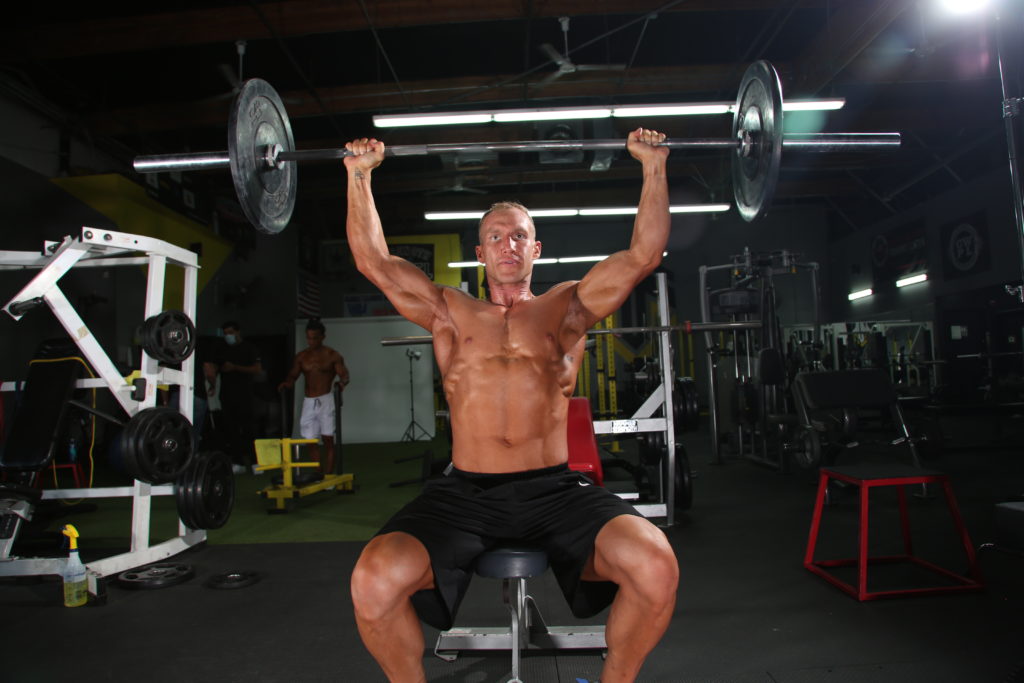
Day 1: Day 1 is cardio day and the exercises performed will target your chest and triceps. Following are the exercises you can perform:
Dumbbell bench press: 4 sets, 7 reps
Incline bench press: 4 sets, 7 reps
Rope pulldowns: 3 sets, 8 reps
Cable crossovers: 4 sets, 8 reps
Lying triceps extension: 3 sets, 8 reps
Day 2: Day 2 is low cardio and strength training day. The exercises performed will target your abs. Following are the exercises you can perform:
Weighted Crunches: 3 sets, 8 reps
Sit-ups: 4 sets, 8 reps
Lying floor leg raises: 3 sets, 10 reps
Day 3: Day 3 Day 3 is weight lifting day and the exercises performed will target your back and biceps. Following are the exercises you can perform:
Dumbbell preacher curls: 3 sets, 7 reps
Barbell curls: 3 sets, 7 reps
Wide grip pull-ups: 4 sets, 8 reps. Note that this exercise needs to be performed slowly.
Close-grip pulldowns: 4 sets, 7 reps
Cable row: 4 sets, 8 reps
Incline bench dumbbell curls: 3 sets, 8 reps
If you face difficulty in performing pull-ups, you can replace them with pulldowns.
Day 4: Day 4 is a low-intensity cardio and strength training day. The exercises performed target your abdominals. Following are the exercises you can perform:
Weighted Crunches: 3 sets, 8 reps
Sit-ups: 4 sets, 8 reps
Lying floor leg raise: 3 sets, 10 reps
Day 5: Day 5 is weight lifting and high-intensity cardio day. The performed exercises target your shoulders and legs. Following are the exercises you can perform:
Leg deadlifts: 3 sets, 8 reps
Squats: 4 sets, 8 reps
Leg extensions: 3 sets, 7 reps
Leg curls: 3 sets, 7 reps
Military press: 4 sets, 7 reps
Standing calf raise: 4 sets, 11 reps
Bent over fly: 3 sets, 8 reps
Dumbbell lateral raise: 3 sets, 8 reps
Day 6: Day 6 is a Low-intensity cardio day and the exercises performed will target your abs. Following are the exercises you can perform:
Decline sit-ups: 3 sets, 8 reps
Hanging knee raises: 3 sets, 8 reps
Side plank: 3 sets, 8 reps
Day 7: Day 7 is a rest day.
Conclusion:
It is always best to select a routine according to your age, weight, goals, and physical health. It is advisable to consult your general physician before you start your bulking and cutting diet to make sure you do not have any underlying conditions that may affect your health.






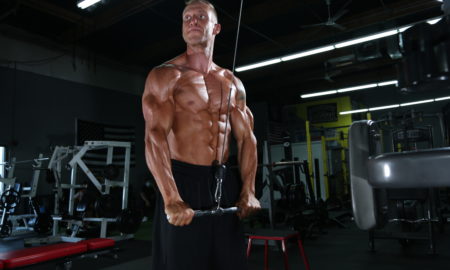
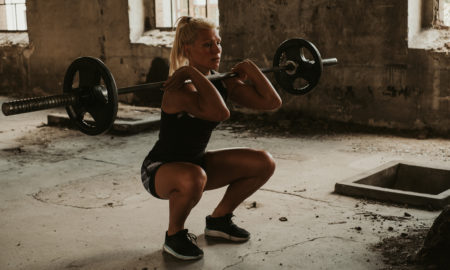














You must be logged in to post a comment Login